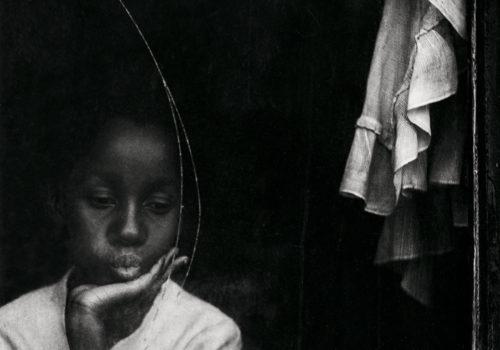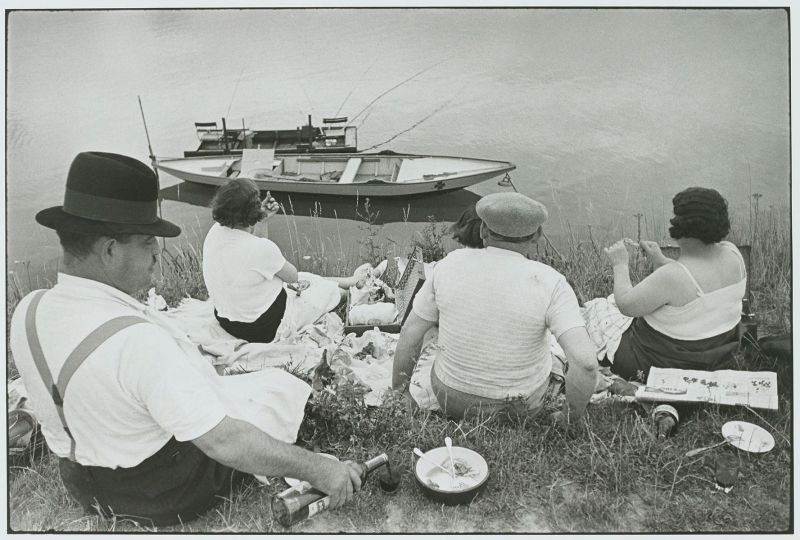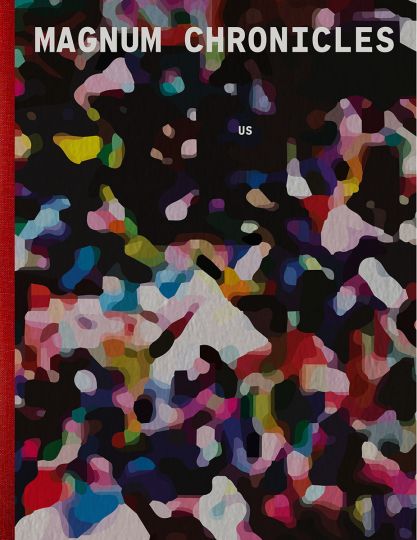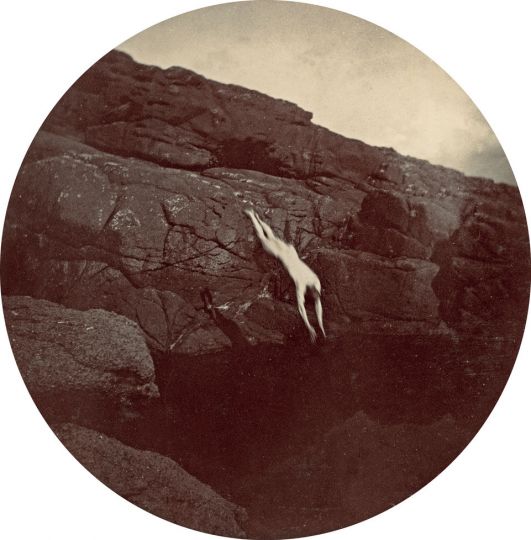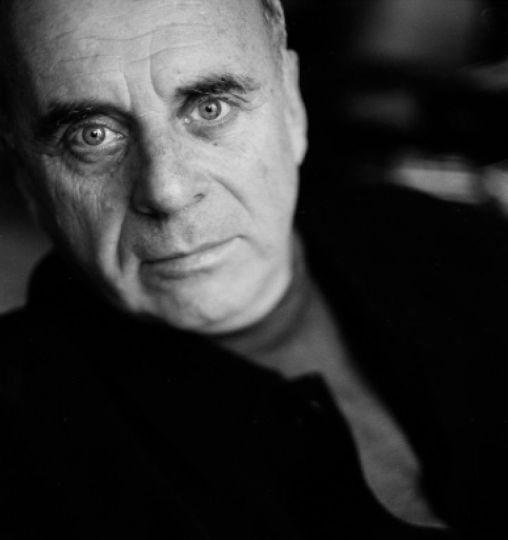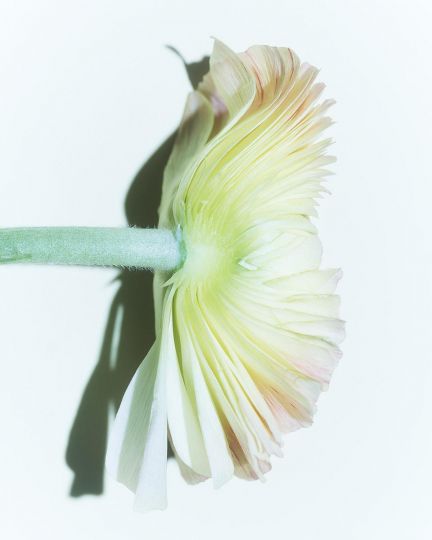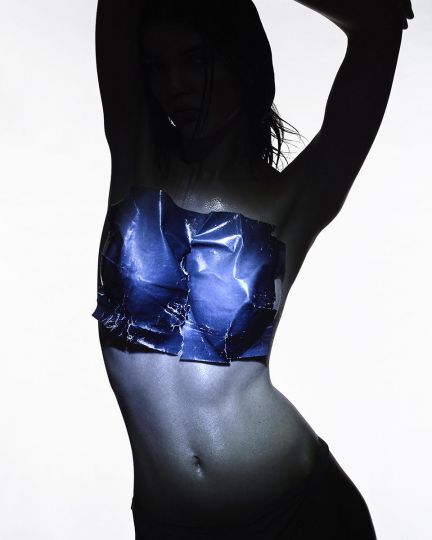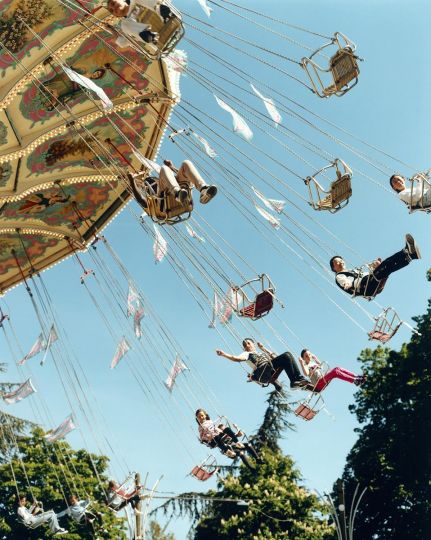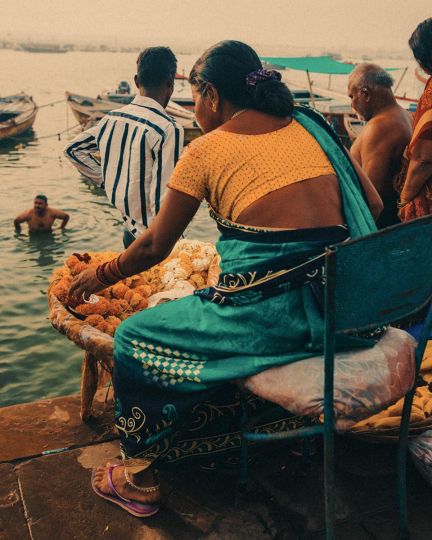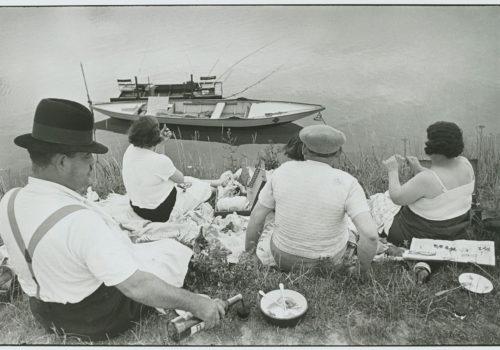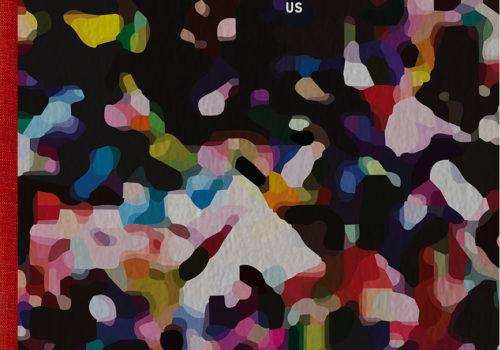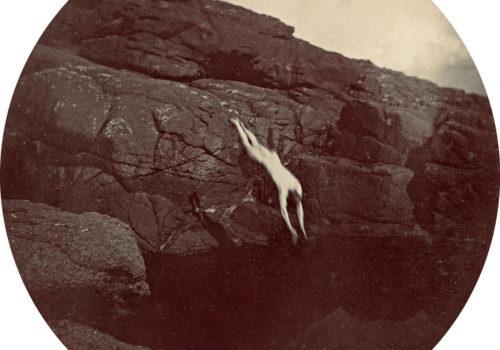Yasuhiro Ishimoto – Chicago, the New Bauhaus by László Moholy-Nagy and Harry Callahan – By Agathe Cancellieri
“The teaching at the New Bauhaus (ID) was very unorthodox. Before we could even pick up a camera, we were taught drawing from A to Z, starting with very simple sketches. Day after day, we were trained to master points, lines, surface texture and light, so much so that I wondered when I would finally learn to photograph. This learning of the fundamentals lasted two years…” – Yasuhiro Ishimoto
At the same time photographic studio, field of experimentation and subject, it is in Chicago that Ishimoto’s work was edified in all its singularity. (…) Ishimoto arrived in Chicago in 1948 by chance and almost out of spite. Quickly, however, this city revealed itself to be fascinating from an architectural and cultural point of view. Place of origin of skyscrapers and functionalism in architecture, it embodied the modern city in essence. It was also a creative laboratory for architects such as Louis Sullivan, Frank Lloyd Wright and Mies Van der Rohe, whose apartment buildings along Lake Shore Drive Ishimoto admired.
In 1948 the Institute of Design (ID) at the Illinois Institute of Technology, known as New Bauhaus, was only four years old and the photographic department that Ishimoto joined was one of the first in the United States. in a university, had just been created under the leadership of László Moholy-Nagy. (…) Students were interested in the properties of the photographic medium which are light, contrast, the multiple, volume and movement, development, the interpretative power of the image and the series. Initially, the exercises were carried out in the studio then, under the influence of Harry Callahan, Ishimoto’s true mentor, in the streets of Chicago.
In the Lake Michigan Beaches series, Ishimoto first photographs beachgoers in relaxing positions, lying on the sand, reading a newspaper or observing the lake. Then he focused on those who we imagine in front of a counter waiting for an order. Their legs, like vertical lines, form an astonishing composition. By simply isolating a part of the body, Ishimoto perceived the strength of the suggestive power of the image. The legs thus became revealing of an attitude, a personality, a moment, while constituting graphic elements which structure the image. It is this series that Edward Steichen, director of the photographic department at MoMA in New York, retained in his exhibition Always The Young Strangers in 1953, representative of a new photographic vision carried by a young generation of photographers.
The quest for perfect cohesion between form, subject and framing remains essential to understanding Ishimoto’s work. Under the influence of photographer Wayne F. Miller and then photojournalist Gordon Coster, ID students were also invited to examine Chicago with an angle on social themes. In the neighborhoods of Bronzeville, Maxwell Street and Uptown, Ishimoto photographed marginalized populations, particularly African-Americans, for example during a Halloween costume contest organized in the southern neighborhoods of the city.
By Agathe Cancellieri. Excerpts from Yasuhiro Ishimoto, Sweet Home Chicago from the book Yasuhiro Ishimoto. Des lignes et des corps.
Yasuhiro Ishimoto – Des Lignes et des Corps
Until November 17, 2024
LE BAL
6 impasse de la Défense
75018 Paris
www.le-bal.fr

